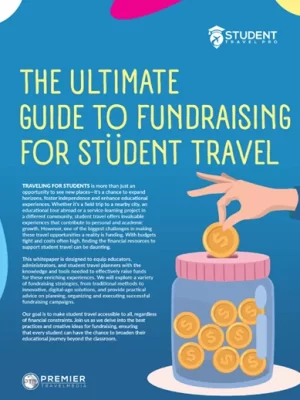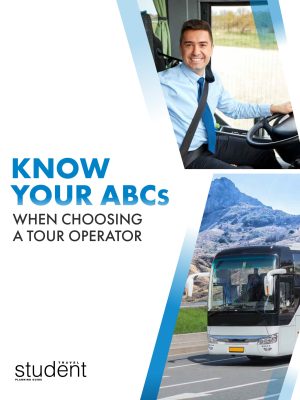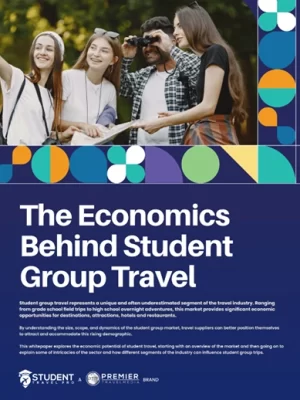A unique, cost-effective way to engage students in nearly any subject matter, virtual field trips offer access to opportunities across the country and the world
Virtual field trips took hold during the height of the pandemic as a way for museums, attractions and learning centers, to name a few, to continue providing quality educational opportunities to students. Not only did this provide diversity to the day-to-day of online teaching, but it also served as a way to give students access to educational opportunities that may not have been possible to experience in person due to financial or geographical constraints.
Although travel restrictions have eased and in-person field trips are back, we’ve come to realize the power of virtual field trips and just how enriching they can be for today’s students. They are a convenient, cost-effective way to explore our country and learn about different cultures, environments, and historical events. Added bonus: All of this can be done without leaving the classroom. A history student in California can immerse themselves in Colonial Williamsburg and understand how buildings were constructed and artifacts preserved. A STEM student in in Maine can tour the National Museum of the United States Air Force with a 360-degree tour to learn about the history of the Air Force and major battles and inventions of the past.
The opportunities are endless and offer educators a chance to get creative when it comes to planning a virtual field trip. And best of all, virtual field trips are available for nearly every subject matter area you can think of, making these great add-ons to any curriculum.
STEAM Virtual Field Trips
A new addition to the virtual field trip scene comes from a partnership between the Country Music Association and Discovery Education. Country Music’s Biggest Night: STEAM Takes the Spotlight is a virtual field trip for middle and high school students that showcases how STEAM (science, technology, engineering, arts, and math) drives innovation in country music. Students will hear from professionals with diverse skillsets across on how they help make the CMA Awards a reality. It’s a great insight into the work that goes into any large-scale production and showcases a variety of STEAM careers, inspiring students along the way.
Virtual Field Trip to the Pro Football Hall of Fame
Students don’t need to be football players to enjoy the award winning virtual field trip program offered by the Pro Football Hall of Fame. There are nearly 20 virtual programs aligned with Common Core/National Standards of Education, all available online. “Women in Football” looks at the influence women have had on the NFL; “Movement & Motion” spotlights the science of the sport and all the physics that go into it; “Visual Art and the Hall of Fame Experience” explores the architectural features of the museum to help students learn about what goes into presenting art to the public. These are just a few of the stellar virtual offerings, and the Hall of Fame’s virtual field trip program has received international recognition as a Pinnacle Award winner through the Center for Interactive Learning and Collaboration (CILC).
iHub Virtual Field Trip Options
An iconic museum known across the world, The Henry Ford showcases U.S. culture, inventions, and people, inspiring the next generation while learning from the past. An exciting virtual offering is iHub, which leverages primary sources from The Henry Ford Archive of American Innovation®, providing educators with world-class resources for students. Both free and premium memberships are available with access to hundreds of lesson plans, webinars, digital assets, and virtual field trips for grades 3-12. Students can solve problems like famous engineers Lonnie Johnson and McKinley Thompson Jr.; collaborate and problem-solve like the racing teams of the Indy 500; and learn about innovation from Rosa Parks and the Wright Brothers. These are just a few of the exciting opportunities available from iHub that students are sure to love.
Virtual field trips have the power to transport students across the nation or even across the world thanks to the power of technology. What was originally created out of necessity during unprecedented times has now become a staple in the educational community.
By Courtney Lind










